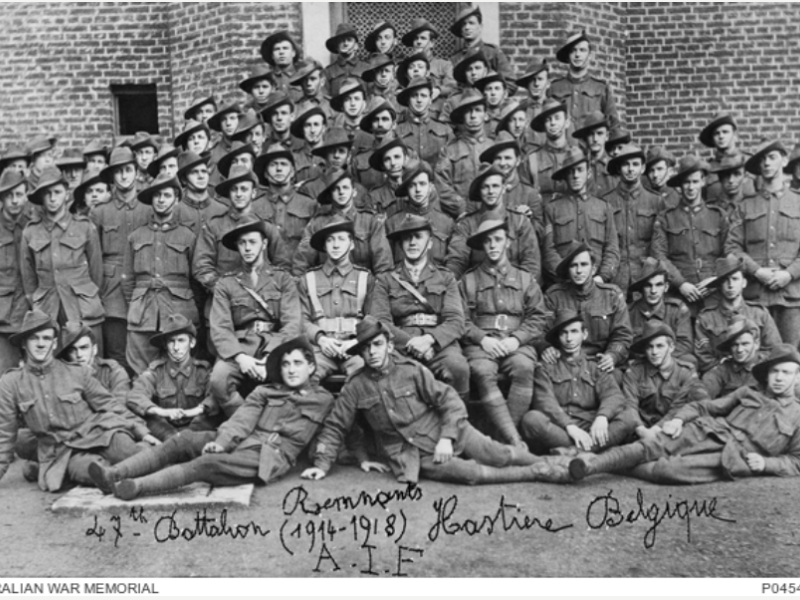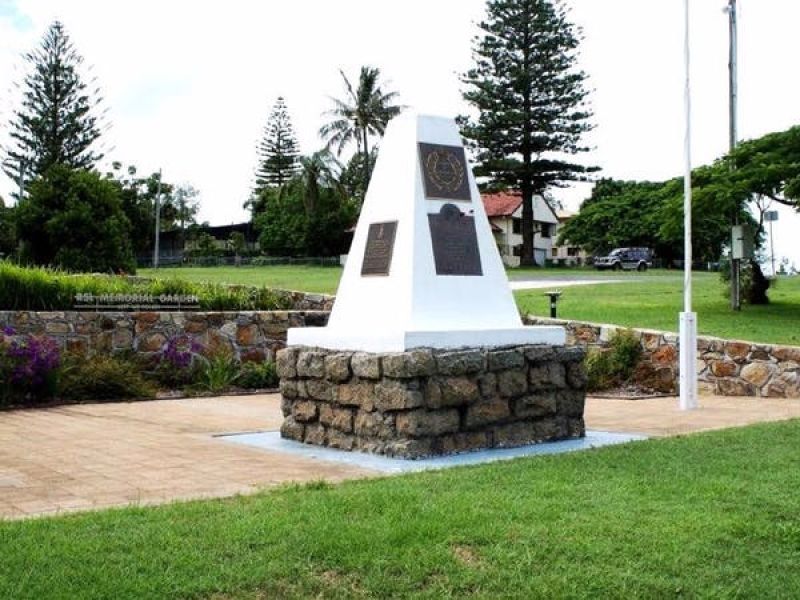Private Richard Martin, 47th Australian Infantry Battalion, AIF - part 2
In late March, Martin was found absent without leave, and on top of forfeiting eight days’ pay, was punished with 168 hours of heavy labouring duties. In early April, there was more trouble. Martin was charged with, “after being duly warned, absenting himself without permission from the 1.30 pm parade until apprehended by escort at 2.30 pm”, and was given another two weeks of heavy labouring duties.
But there was no time to finish his punishment before the next battle. On 11 April, Martin was involved in the unsuccessful attack against the heavily defended village of Bullecourt.
Later in the year, the focus of Australian operations switched to the Ypres sector in Belgium. In preparation for the allied summer offensive in Flanders, tunnellers had dug mines beneath German trenches in the area and packed the tunnels with explosives.
Before dawn on 7 June 1917, 19 mines were blown, obliterating the German positions. British, New Zealand and Australian troops advanced to take the devastated ridge. It was a bloody battle and cost 6,000 Australian casualties.
Martin was wounded in the action, and admitted to field ambulance with a gunshot wound to his right forearm. He was taken to general hospital in France, before being sent to a convalescent depot, and then the Divisional Base Depot at Le Harve. There he was charged with “breaking out of Camp” and “being out of bounds”. A few weeks later, he was found absent from training parade.
In late July, he returned to his battalion in the Ypres sector, where the fighting had continued.
After a brief period of leave in mid-September, Martin returned to his unit. In mid-October, he was wounded for the third time and sent to England for treatment and recovery before returning in February 1918.
On 28 March, German forces attacked near the village of Dernancourt in France. The Germans succeeded in breaking the 47th Battalion’s part of the line before neighbouring Australian units cut them off and prevented more German soldiers getting through.
The Germans continued to attack in force during the day – men of the 47th Battalion saw German troops getting off buses behind the line to join the attack – but despite heavy casualties, the Australian line held.
One casualty was Private Richard Martin.
His remains were reportedly buried at the Dernancourt Military Cemetery, yet later his grave could not be found.
Today Martin’s name appears on the Australian National Memorial at Villers-Bretonneux, which commemorates all Australian soldiers who fought in France and Belgium during the First World War.
Duncan Beard, Editor, Military History Section
Image: Group portrait of 73 men of the 47th Battalion at Hastiere. On the back of the photograph is “10.4.18 1100 soldiers in 47th Battalion. Approx 73 left”. The 47th Battalion was raised in Egypt on 24 February 1916 as part of the "doubling" of the AIF. Half its new recruits were Gallipoli veterans from the 15th Battalion. Possibly one of them is Private Richard Martin.
- Australian War Memorial https://www.awm.gov.au/collection/C1078533

 Australian War Memorial
Australian War Memorial